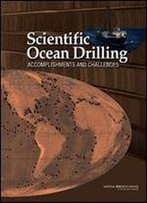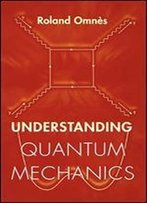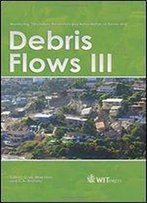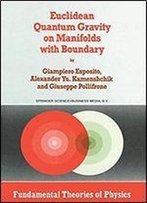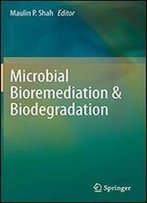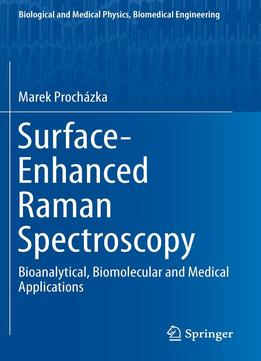
Surface-Enhanced Raman Spectroscopy
by Marek Procházka /
2015 / English / PDF
6.3 MB Download
by Marek Procházka (Author) This book gives an overview of recent developments in RS and SERS for sensing and biosensing considering also limitations, possibilities and prospects of this technique. Raman scattering (RS) is a widely used vibrational technique providing highly specific molecular spectral patterns. A severe limitation for the application of this spectroscopic technique lies in the low cross section of RS. Surface-enhanced Raman scattering (SERS) spectroscopy overcomes this problem by 6-11 orders of magnitude enhancement compared with the standard RS for molecules in the close vicinity of certain rough metal surfaces. Thus, SERS combines molecular fingerprint specificity with potential single-molecule sensitivity. Due to the recent development of new SERS-active substrates, labeling and derivatization chemistry as well as new instrumentations, SERS became a very promising tool for many varied applications, including bioanalytical studies and sensing. Both intrinsic and extrinsic SERS biosensing schemes have been employed to detect and identify small molecules, nucleic acids and proteins, and also for cellular and in vivo sensing. 51 illus., 27 in colour Biophysics and Biological Physics Biological Techniques Spectroscopy and Microscopy Measurement Science, Instrumentation Medical and Radiation Physics


